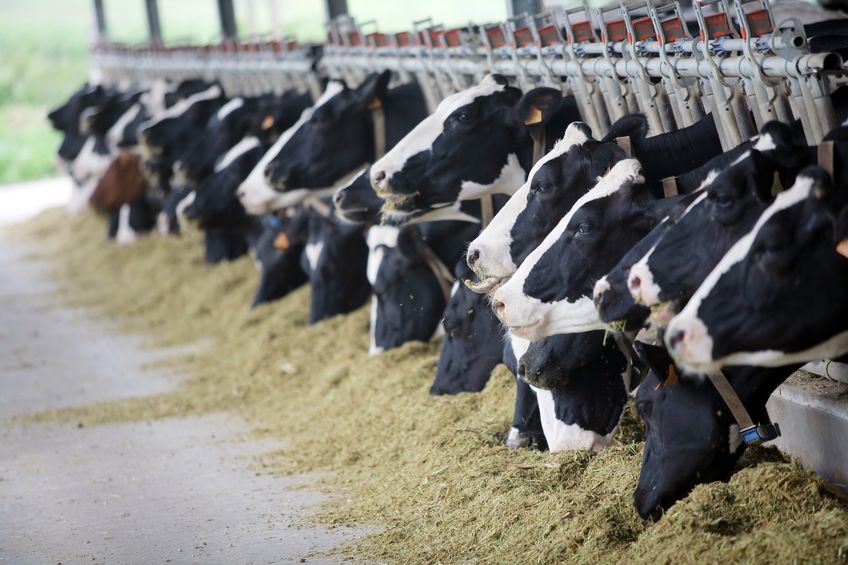
Dairy farmers can capitalise on cutting carbon on their farms, creating a win for the environment and a farm's bottom line, according to co-op Mole Valley.
Small changes could significantly benefit a dairy business's profitability and is something every farmer should be looking at, the farmer-owned co-operative says.
However, farmers should seek expert advice to ensure any changes would have a positive impact on the farm and overall emissions.
Mole Valley head of nutrition, Dr Chris Bartram said: "Farmers must add sustainability to the traditional measures of productivity and profitability to get the most from their enterprise.
"There are many ways producers can help reduce emissions on their farms, and they are unlikely to mean significant investments or changes.
"It is important that farmers pursue the correct advice and adopt a 'what if, step by step, approach to evaluating the various opportunities.
Three feed-related areass
Dr Bartram suggested three initial feed-related areas to consider:
1. Feed material sourcing: the removal of soy products (soya, protected soya and soya hulls) will require careful adjustments to the diet to maintain the required yield of fat and protein without incurring additional cost, particularly when feeding the high-yielding cow.
2. Feed efficiency: improving feed efficiency on most farms will require a detailed look at concentrate feed allocation to various groups of animals or an increase in milk output. Heifer rearing will also be important as part of the overall approach.
3. Protein efficiency: initial analysis indicates that it will be beneficial to feed no more than a 14% protein concentrate at grass. The use of lower protein forages to balance high protein fresh grass may also be worth considering. Feeding for a higher milk protein yield will also be important.
Dr Bartram added: "When helping formulate rations, we use a unique ration program that allows farmers to see how different feeds influence margins and production.
"It now also includes an environment related section including diet carbon footprint, protein efficiency and methane output. This will help farmers to understand the overall impact of using certain feeds on the farm carbon footprint.
"We have also developed a dedicated Climate Positive Impact feed range formulated with no soy or palm products and specified with a low carbon footprint. This will be an easy win for producers looking to cut emissions quickly.”
Extensive research is being carried out by Mole Valley Feed Solutions to support the best routes farmers can take to reduce emissions.
Dr Bartram added: "We've been working with The University of Nottingham investigating the impact of dietary protein on heifer performance, growth and the environment.
"We've also just started a three-year trial with SRUC, Crichton Royal looking at the importance of amino acids in transition and early lactation dairy cows. This follows an initial study at The University of Reading.
"On the back of some of this work, we are also developing new dairy feeds including unique compounds with specialist materials like NovaPro protected rape, new heifer products and transition feeds.
"Other initiatives include the declaration of the compound feed carbon footprint on the label and a new buy back scheme for beans."
Reducing a farm's carbon footprint requires a multifactorial plan and is very farm specific, Mole Valley explains.
The co-op's approach provides expertise in feed, forage and animal health through the specialist nutrition, forage and fertiliser and veterinary teams.
Additional areas that are also important include energy use and renewables.
